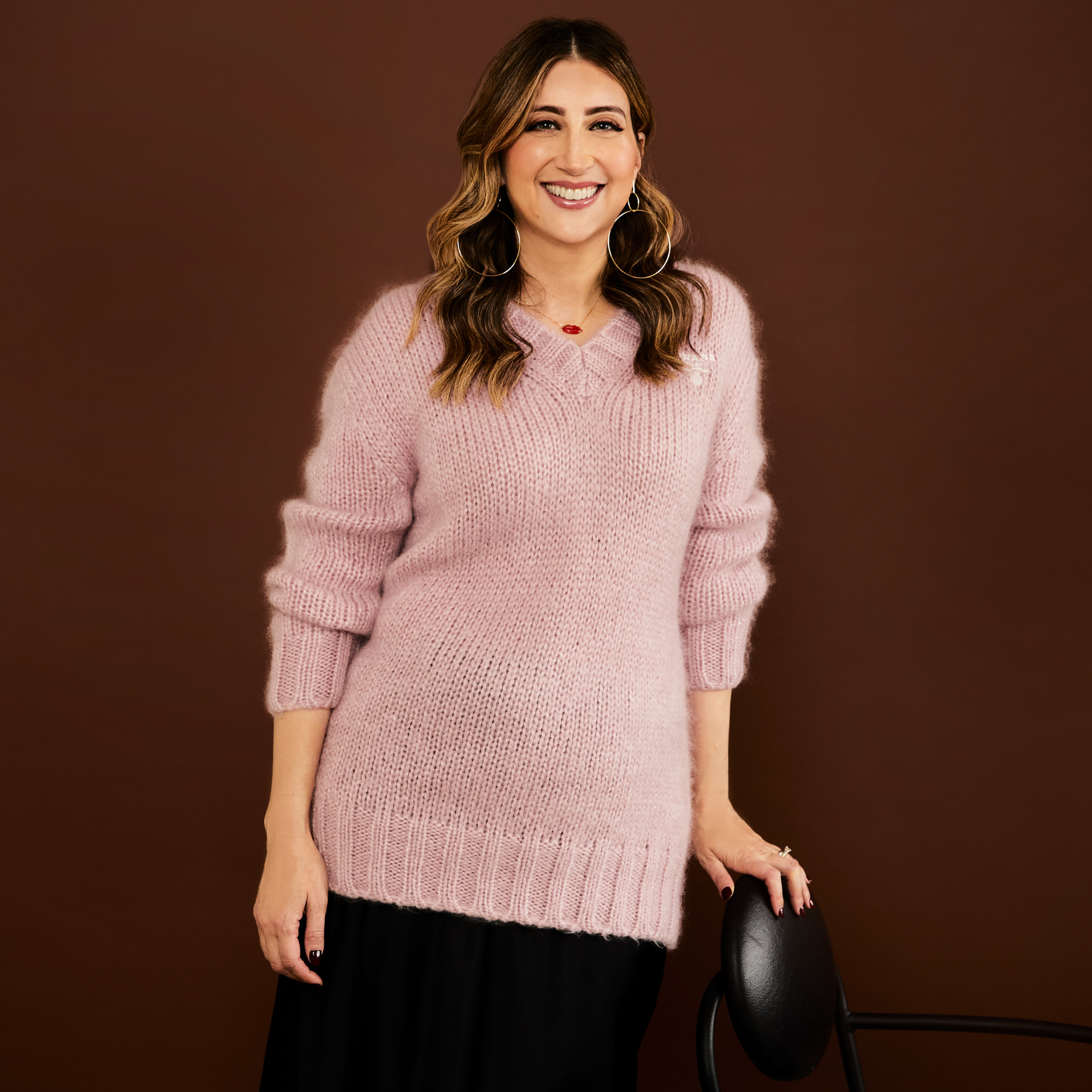“‘The hairstylist was the first person who found out that I was depressed.’ ‘The hairstylist was the first person who found out I had cancer.’ ‘They were the first person to find out that I was getting divorced,’”says Allure magazine’s Editor-in-Chief Jessica Cruel in an episode of The Hair Tales, a 2022 docuseries produced by Oprah Winfrey and Tracee Ellis Ross that explores Black womanhood through the lens of textured hair. Cruel isn’t recounting her own personal tale to the camera, but is quoting other women who report sharing life moments with their hairstylists.
Legendary Canadian television host Jeanne Beker had a similar experience: “I knew it was time to cut my hair shorter in anticipation of even more hair loss ahead. I contacted my dear hairstylist and friend Gregory Parvatan, who’d been styling my hair since 1979. He made a trip to my house to give me a cut,” reads an excerpt from Beker’s recent memoir, Heart on My Sleeve. Beker is recounting her breast cancer and treatment journey, and the hair loss that followed. “I knew Gregory’s creative juices were flowing, and he was eager to get me out of my trademark long bangs and blunt cut…Still, I wept as I went through this hairstyle transformation.”
There’s no denying that, regardless of your background or culture, visiting your trusted hairstylist—or any dependable beauty professional, from your manicurist to facialist—is an incredibly intimate practice. You set aside time from your usual hustle and bustle. Maybe you needed to leave work early, maybe you decided to book off a whole day. Whatever it may look like, that appointment is special to you because you are choosing to create space for yourself.
You show up to your appointment to see a familiar face and give them your trust to make beauty magic happen. Sure, sometimes you are there “just” for a service. But more often than not you probably find yourself giving your beauty professional life updates—job promotions, new parenthood, retirement—to the sad times of losing family members, loss of a friendship, job issues or simply having a difficult day,” she continues. “I care immensely for my friends and sometimes I can be that person they are seeking. One of my monthly clients says, ‘We don’t talk small, we talk deep.’”
And as Cable points out, that degree of trust and camaraderie is reciprocal. “I also can have honest conversations with these relationships without feeling judged, and the best part is my clients know that our chats are for each other only.”
Another important fact: A good beauty service is much more than just appearance maintenance. “One of the benefits of a facial is relaxation, not just for your skin but for your soul. It’s all very connected,” says Elka Galova, an aesthetician and nail technician at One 2 One Studio in Toronto. “I really try to give clients that soothing, private moment with their favourite Biologique Recherche skincare friends. I want them to feel like they’re coming to their other home.”
“Of all the beauty services I've tried, nothing hits like a fresh bleach and tone. After I leave the chair I feel unstoppable,” says Julia McEwan, fashion and beauty editor at Hello! Canada. Ever since Guido Palau, a famed runway and editorial stylist, coined the term “Balenciaga blonde” back in 2011, McEwan has been devoted to a high colourists may refuse to take clients who want this service because it is so challenging and time-consuming.
Locating a highly skilled beauty professional who is not only a true master of their craft but extremely personable can feel like discovering a rare gem, something Ashley Kowalewski-Pizzi, a senior corporate manager at Joe Fresh and nail art addict can relate to. She was so besotted with her manicurist that when she moved, Kowalewski-Pizzi learned to do her nails rather than finding a replacement.
“Having such a talented, kind artist move away felt like losing a unicorn, Kowalewski-Pizzi recounts. “She set the bar so high and always told me nail art is nothing if you don’t have a solid manicure to start. No one I met could ever meet it.”
At the end of the day, the work of a beauty professional is bigger than the services they provide. On top of having all the skill and knowledge, their connections with clients are like a beautiful dance of trust and empathy, creating a bond that goes well beyond the surface.



